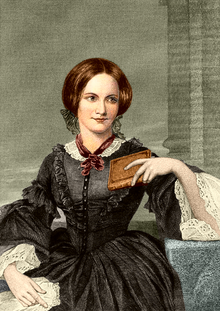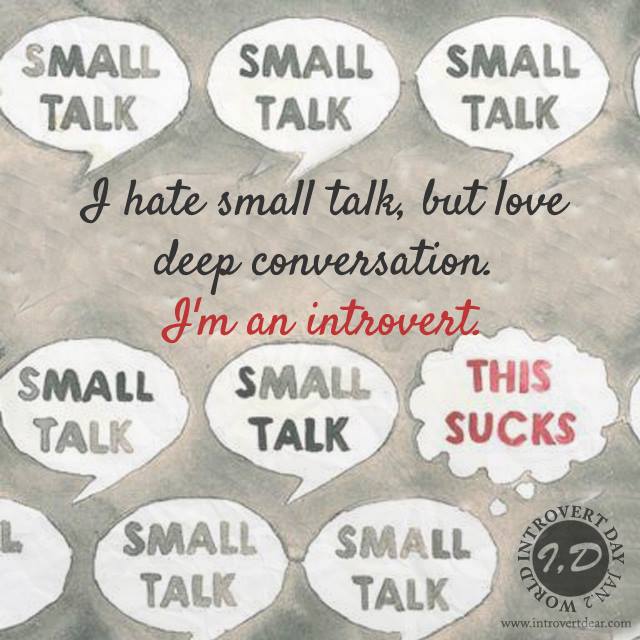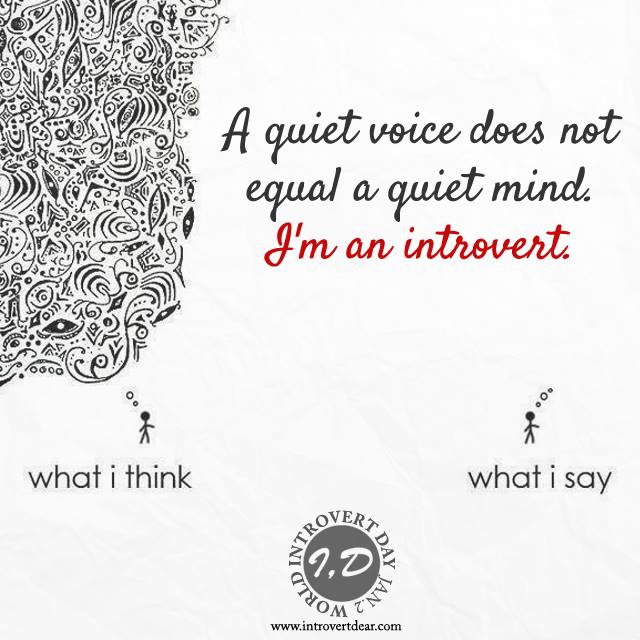I intend to post my thoughts on the book
Pink Brain, Blue Brain, and wanted to first provide some background to some earlier looks on gender differences as background. Back in 2005 I published the following piece on the differences between men and women with respect to asking for directions. The fact that many people now have access to GPS either built into their cars or on their mobile devices now allows both men and women to ascertain their route by asking a device rather than another person. However, the gender dynamics are still in effect, particularly in work situations in which
women still earn less than men and in which men still hold over 90% of the top positions.
Note: of related interest: http://www.bps-research-digest.blogspot.co.uk/2008/11/how-to-give-directions.html

Why Don’t You Just Ask for Directions?
Picture this: You are on your way someplace that takes you through a neighborhood you don’t know. What you read on your directions does not correspond to the streets you see in front of you. You realize that you must have made a wrong turn. What do you do next? If you are a woman, odds are that you will try to call to someone or pull over in a gas station and ask for directions. But if you are a man, you will pull out a map to attempt to pinpoint your location and figure out how to get back on the road you were supposed to be on. If you are a male driver accompanied by a woman, you may be pestered by companion as she urges you to ask someone how to go, especially if you had to check the map several times. After numerous unsuccessful attempts to find the way on your own, you may grudgingly comply. Who is the sensible one here, the man or the woman? The answer is not so clear. While the woman may succeed in getting on the right road faster by asking someone, she may also be given the wrong directions. The man who tries to find the way himself may not always prevail, but he takes pride in not needing to turn to others for help.
The stereotype that men never want to ask for directions is one that is well founded. In her book, Talking from 9 to 5 (New York: William Morrow and Co., 1994), Dr. Deborah Tannen recounts the story of one man’s refusal to admit he was lost, even when there was a real threat to his life and that of his daughter. He was flying a private plane that was running out of gas and didn’t know exactly where the landing strip in the area was. His daughter urgently called out, “’Daddy! Why don’t you radio the control tower and ask them where to land?’” Of course, she meant that he should do just that but did not want to command her father. Yet, he answered the question she expressed, saying, “’I don’t want them to think I’m lost’” (Tannen,Talking.25).
While that is an extreme example, it is telling of the lengths men will go to maintain the appearance of being in control of the situation. Yes, men do prove more adept at the spatial skills involved in using maps and more inclined to taking stock of their position with respect to compass points than women. It is also true that women generally identify better with verbal directives than visual-spatial ones. However, the difference in approach between men and women is not just due to gender differences in skills. As Tannen explains, men’s refusal to ask directions stems from their concern to maintain their image as capable and independent drivers. Asking for assistance undermines their status as self-sufficient individuals. In contrast, women in the same situation prove to be only concerned with getting to their destination. As women, generally, do not feel they have to prove themselves as navigators, they do not hesitate to seek assistance from others to attain their goal.
What is striking about this particular gender division is that it “runs counter” to the usual perception of the difference between “male and female styles.” The stereotyped view is that men are task oriented, “focused on information,” whereas women are more process oriented, and “sensitive” to the effects of their communication (Tannen, Talking 27). As Audrey Nelson reports in You Don’t Say: Navigating Nonverbal Communication Between the Sexes (New York: Prentice Hall, 2004), her survey results indicates that women are perceived to “’have a clear perception of the total picture of communication’” (Nelson 22). However, that perception is out of the picture when it comes to asking for directions. Rather than being process oriented and sensitive to the connotations of seeking information from others, they are completely focused on the task of getting to their destination. In light of that, turning to someone else for information makes sense, for it is an efficient means to the end of getting where you wish to go. In the situation of finding one’s way, “the women who ask questions are more focused on information, whereas the men who refrain from doing so are more focused on interaction – the impression their asking will make on others. In this situation, it is the men who are more sensitive to the impression made on others by their behavior (Tannen, Talking 28).
Men recognize that in asking directions that they are putting themselves at a disadvantage vis-à-vis the person who grants them the information. Tannen explains in You Just Don’t Understand: Women and Men in Conversation. (New York: William Morrow and Co.,1990): “When you offer information, the information itself is the message. But the fact that you have the information, and the person you are speaking to doesn’t, also sends a metamessage of superiority. . . . the one who has more information is” in a superior position “by virtue of being more knowledgeable and competent. From this perspective, finding one’s own way is an essential part of the independence that men perceive to be a prerequisite for self-respect.” It is always better to give than to receive if the object in question is information because the giver demonstrates his superior status based on the wealth that most valuable commodity of all -- knowledge. “Insofar as giving information frames one as the expert, superior in knowledge, and the other as uninformed, inferior in knowledge, it is a move in the negotiation of status” (Tannen, You Just Don’t Understand 62, 63). The one who bestows knowledge has a one-up position over the one who must ask for it. So if you do not want to enter into the inferior position, you want to be the one telling, not the one asking. Resolving your logistical confusion through the aid of maps in your own possession rather than other people allows you to show not only mastery of navigational skills, but, more importantly, self-sufficiency. You do not open the way for another to bestow information upon you and thus keep your status intact.
While you may think it doesn’t matter how you end up getting back on route, so long as you get there, the male concern for image maintenance is advantageous in situations in which they are in fact being assessed. The difference in approach between men and women has significant ramifications for the world of work. As Tannen explains in Talking from 9 to 5, female conversational styles can make them appear less competent than their male coworkers. Of course, there are the factors of quality of voice and body language conveyed by one’s stance. Yet, another reason why women sometimes fail to make the favorable impression they need to is that they ask questions, seeking explanations from others. Some women even ask questions about simple processes that they do in fact understand because they intend the questions as conversational openers, a form of small talk. What they don’t always realize is their questions may be used against them as evidence of their lack of knowledge. In contrast, men who are conscious that the questions are perceived to indicate ignorance, tend to refrain from asking. They can then either look the answer up themselves, or, more dangerously, proceed in real, albeit masked, ignorance just as they may continue down the wrong road without asking directions. In the world of work, the male strategy is more effective in presenting the right impression of competence. Self-assurance can yield more rewards than honestly working at getting the right answers. Ultimately, there is real logic to the apparent madness of not asking directions, and there is a lesson for females to learn from the male method.



 According to Yagoda, there was no answer in the files, though Ozick's stories were, eventually, published by the magazine.
According to Yagoda, there was no answer in the files, though Ozick's stories were, eventually, published by the magazine.




 The full title of Lise Eliot’s book really explains her intent:
The full title of Lise Eliot’s book really explains her intent: 